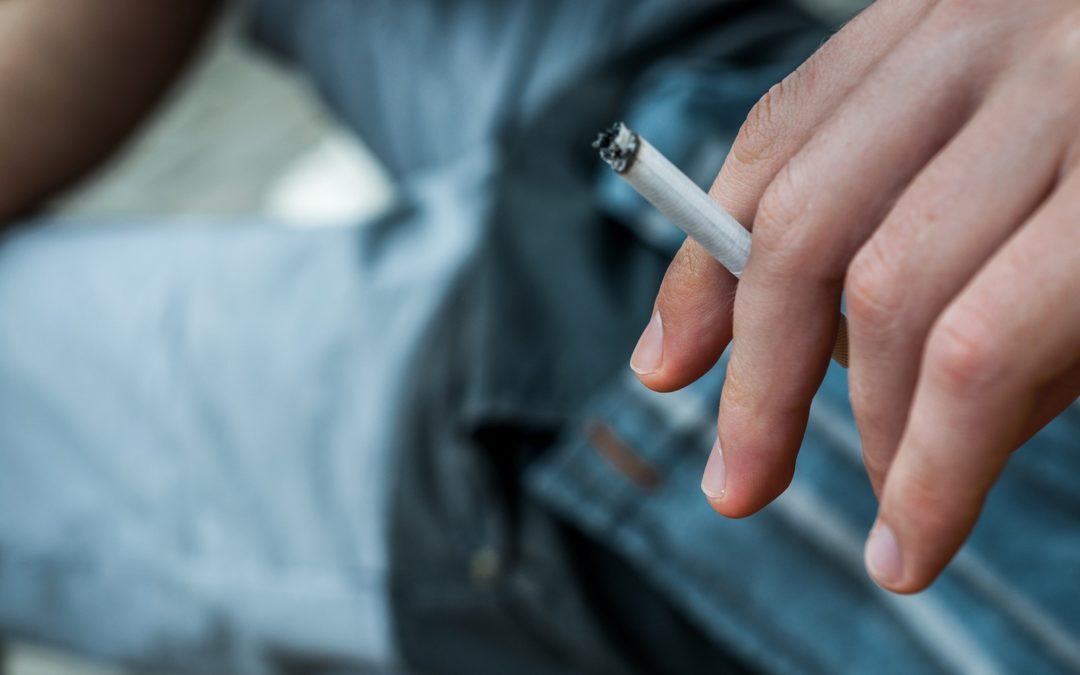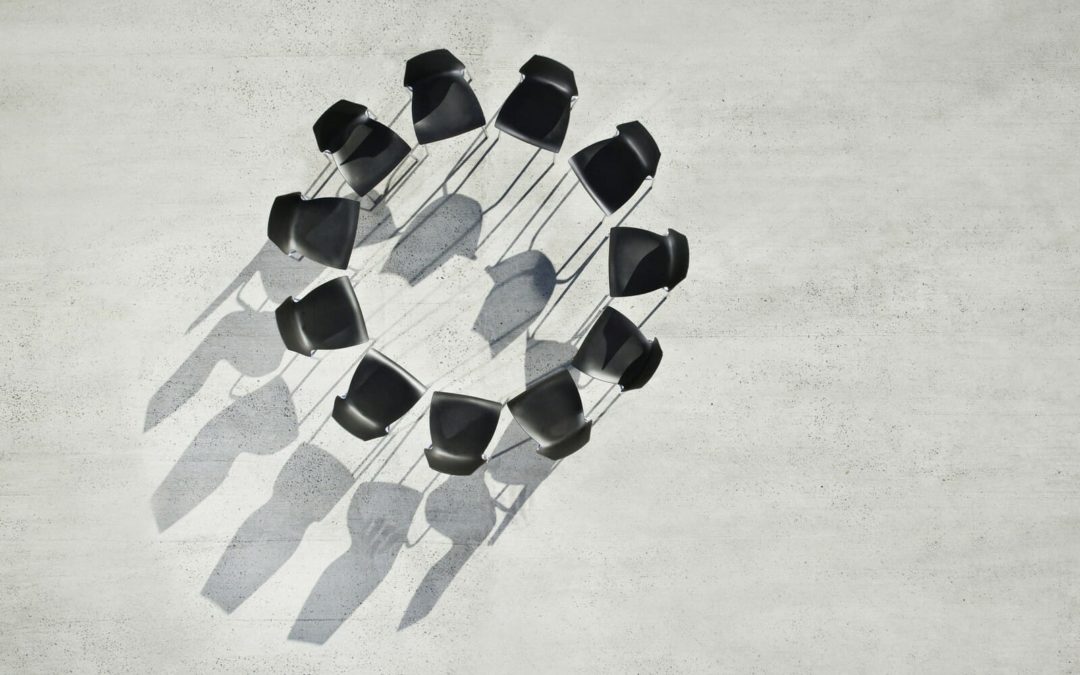Table of Contents
Teen drug use has been on the rise in recent years, prompting concerns and calls to action from parents, educators, and healthcare professionals alike.
The reasons for drug use and potential abuse among teenagers are varied and complex.
There are various reasons why teens may use drugs, and it’s important to note that individual motivations can vary. Here are some common reasons:
Peer Pressure
Teens may feel pressured to experiment with drugs due to the influence of their friends or peers who are using drugs. They might want to fit in or be accepted by their social group.
Curiosity and Experimentation
Adolescence is a period of exploration and seeking new experiences. Teens may be curious about the effects of drugs and try them out of curiosity or satisfy their desire for new sensations.
Emotional and Mental Health Issues
Some teenagers may turn to drugs as a means of coping with emotional or mental health problems such as stress, anxiety, depression, or low self-esteem. Drugs can provide a temporary escape or relief from these issues.
Self-Medication
Similar to emotional and mental health issues, teens might use drugs to self-medicate physical pain or discomfort. They may seek temporary relief from physical ailments, such as chronic pain, through drug use.
A Desire for Risk-Taking and Thrill-Seeking
The adolescent brain is still developing, and teenagers often seek excitement and risk-taking behaviors. Drug use can be seen as a way to rebel, challenge authority, or engage in risky behavior for the thrill of it.

Media Influence
Media, including movies, music, and social media, can glorify drug use and present it as glamorous or cool. Teens may be influenced by these portrayals and try drugs as a result.
Lack of Education and Awareness
Insufficient knowledge about the risks and consequences of drug use can make teens more susceptible to trying drugs. Without understanding the potential dangers, they may underestimate the negative impact drugs can have on their health, relationships, and future prospects.
Risk Factors That Lead to a Higher Chance of Using Drugs
Drug use can be a slippery slope, and there are several risk factors that may increase the likelihood of someone falling into substance abuse.
Lack of Strong Familial or Social Connections
People who feel lonely or isolated may turn to drugs as a way to numb their feelings of sadness or disconnection.
Experiencing Trauma or High-Levels of Stress
Teens can seek relief through substance abuse.
Family History of Addiction
A teenager’s family environment plays a crucial role. If a teen grows up in a household where drug use is prevalent or normalized, they may be more likely to use drugs themselves. Family conflicts, lack of parental involvement, or a history of substance abuse within the family can also contribute to drug experimentation.
| By understanding these risk factors, we can better support teens who may be at risk of falling into substance abuse and work towards building safer and healthier communities for all.
Marijuana: The Number One Drug Used By Teens
It’s no secret that drugs can have a serious impact on our lives, especially when it comes to our youth. According to recent studies, the number one drug used by teens is marijuana.
While some may argue that the substance is harmless, the reality is quite the opposite.
Marijuana use during adolescence can lead to a variety of negative effects, including memory impairment, decreased academic performance, and even addiction.

As parents, it’s important to have open and honest conversations with our children about the dangers of drug use, especially when it comes to marijuana.
By educating ourselves and our kids, we can work to combat the ongoing epidemic of teen drug use and keep our future generations safe and drug-free.
Statistics and Health Risks of Teen Drug Use
According to recent studies and surveys, the use of marijuana among teenagers continues to be a pressing concern. According to recent statistics, 55% of high school seniors have reported using drugs at least once in their lifetime.
The most common drug of choice among teens is marijuana, with 38% of senior-year high school students admitting to using it in the past year.
Approximately 30% of high school students reported using marijuana at least once in their lifetime, with 6% admitting to regular use within the past month.
These figures, based on the National Institute on Drug Abuse’s Monitoring the Future survey, highlight the prevalence of marijuana consumption among adolescents.
| Moreover, another study published in JAMA Pediatrics revealed that frequent marijuana use during adolescence is associated with a higher risk of developing mental health issues, including depression and anxiety.
A Columbia University study has found that teens who use cannabis recreationally are two to four times as likely to develop psychiatric disorders, such as depression and suicidality, than teens who don’t use cannabis at all.
The research also found that casual cannabis use puts teens at risk for problem behaviors, including poor grades, truancy, and trouble with the law, which can have long-term negative consequences that may keep youth from developing their full potential in adulthood.
| And about 1 in 10 teens were casual cannabis users. Roughly 1 in 40 met the criteria for cannabis addiction.
Cannabis use in teens can negatively affect the development of the cerebral cortex, the brain’s center of reasoning and executive function.
Although marijuana is the number one substance used by adolescents, other substances such as cocaine, alcohol, and opioids can be more dangerous and should also be monitored by parents carefully.
As parents, educators, and policymakers strive to address this issue, it becomes imperative to promote awareness and implement effective prevention strategies to safeguard the well-being of our youth.
Signs of Drug Use to Look Out For
Having awareness of the signs of drug use can help parents identify and help those who may be struggling. Some common signs include:
- Changes in behavior
- Mood swings
- Sudden weight loss or gain
- Neglecting personal hygiene and responsibilities
- Trouble at work or school
- Secrecy around new friends or activities
- Financial issues.
It’s crucial to approach the conversation with care and concern and to seek professional help if needed. By being aware and vigilant, we can help prevent the harmful effects of drug use on those we care about.
Strategies for Helping Teens Stay Away From Drugs
As a society, we have a responsibility to guide our youth toward a safe and fulfilling future. Unfortunately, drugs can be a tempting escape from reality for teens, leading to a myriad of physical and emotional problems.
To combat this, it’s important to educate teens early on about the dangers and consequences of drug use. In addition, strive to provide the following:
- Encourage open communication
- Foster a safe and supportive home environment
- Lead by example when it comes to healthy habits
- Provide teens with alternative ways to cope with stress and anxiety, such as through exercise or creative outlets
- Develop positive communication between home and school
By working together and implementing these strategies, we can help empower our youth to make positive choices and avoid the rabbit hole of addiction.
Awareness campaigns, educational programs, and support services can play a crucial role in preventing substance abuse and addiction among teens. By working together, we can create a safe and healthy environment for our youth and help them make sound and informed choices.
| Parents should remember to look out for signs of teen drug use, attempt to educate kids on the dangers of using drugs and provide support resources.
At Clearfork Academy we understand what parents and their teens go through in dealing with teen addiction. Feel free to reach out to one of our licensed professional counselors to talk over these issues to help your young adult stay healthy and safe.
Key Takeaways
- Understanding the primary drug of choice among teens helps parents and guardians stay informed.
- Peer pressure, media influence, stress, and curiosity contribute to teen drug experimentation.
- Statistics vary, but it is important to recognize the prevalence of teen drug use.
- Drug use can have significant physical, mental, and academic consequences for teenagers.
- Open communication, education, and fostering resilience are essential in preventing drug use.
- Seeking professional help and intervention is crucial for addressing drug use issues.

Originally from the Saginaw, Eagle Mountain area, Austin Davis earned a Bachelor of Science in Pastoral Ministry from Lee University in Cleveland, TN and a Master of Arts in Counseling from The Church of God Theological Seminary. He then went on to become a Licensed Professional Counselor-Supervisor in the State of Texas.
Austin’s professional history includes both local church ministry and clinical counseling. At a young age, he began serving youth at the local church in various capacities which led to clinical training and education. Austin gained a vast knowledge of mental health disorders while working in state and public mental health hospitals. This is where he was exposed to almost every type of diagnosis and carries this experience into the daily treatment.
Austin’s longtime passion is Clearfork Academy, a christ-centered residential facility focused on mental health and substance abuse. He finds joy and fulfillment working with “difficult” clients that challenge his heart and clinical skill set. It is his hope and desire that each resident that passes through Clearfork Academy will be one step closer to their created design.
Austin’s greatest pleasures in life are being a husband to his wife, and a father to his growing children. He serves at his local church by playing guitar, speaking and helping with tech arts. Austin also enjoys being physically active, reading, woodworking, and music.




